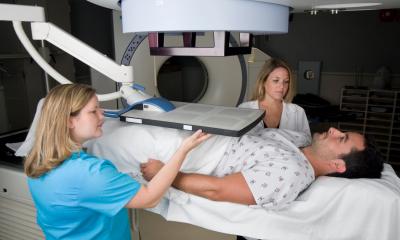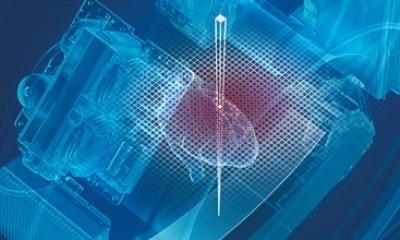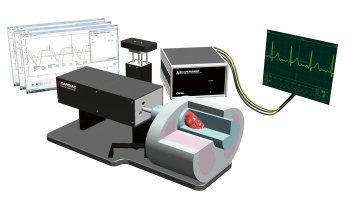Radiologists reassert role in assessing blunt trauma
This year the European Society of Radiology formally recognized Emergency Radiology (ESR) as a sub-specialty putting its full support behind this critical practice area with a scientific subcommittee to encourage specialized research.


In October, 2011, the European Society of Emergency Radiologists was officially founded and is now planning its first-ever congress for this summer in Munich.
In his introduction to a State of the Art Symposium at the European Congress of Radiology on "Polytrauma in the Golden Hour," session chairman Ulrich Linsenmaier, MD, described an explosive rise is the use of computed tomography (CT) among patients presenting at the emergency department of hospitals.
Use of CT is doubling every five years due to its ability to rapidly reveal the extent of injury or hidden causes of symptomatic pain, said Linsenmaier from the Ludwig Maximilians University in Munich.
"Time makes a difference in emergency and establishing the correct diagnosis as soon as possible is critical for the patient," he said, adding that it also proves to be more cost -effective for a hospital as well.
Results from a study of 9,689 patients proved conclusively that whole-body CT performed when the patient enters emergency significantly reduced mortality.
Marcus Körner, MD, also from Ludwig Maximilians University, dramatically demonstrated the value of CT for emergency physicians by showing a gruesome image of patient's foot nearly severed by a train.
Immediately sent to surgery to reattach the foot, physicians changed their approach when CT revealed a more life-threatening spine injury that needed to be addressed first.
Use of ultrasound is also rapidly increasing in emergency, but where CT is clearly left in the hands of trained radiologists, emergency physicians and residents do not hesitate to perform ultrasound exams at the patient's side, to the detriment of accurate diagnosis.
Pierre-Alexandre Poletti from the University Hospital of Geneva showed that the widely used ultrasound exam for focused assessment with sonography for trauma, or FAST, is better performed by more highly trained radiologists.
Free liquids of less than 400 milliliters in the abdomen, such as blood, as a result of blunt trauma were found among unstable patients with a sensitivity of 90% by radiologists using FAST, compared to 26% by emergency residents.
According to ECR 2012 President Lorenzo Bonomo, recognition of the sub-specialty of Emergency Radiology is a first step in a move to reassert the role of radiologists in this critical area of medical practice. By John Brosky
04.03.2012











